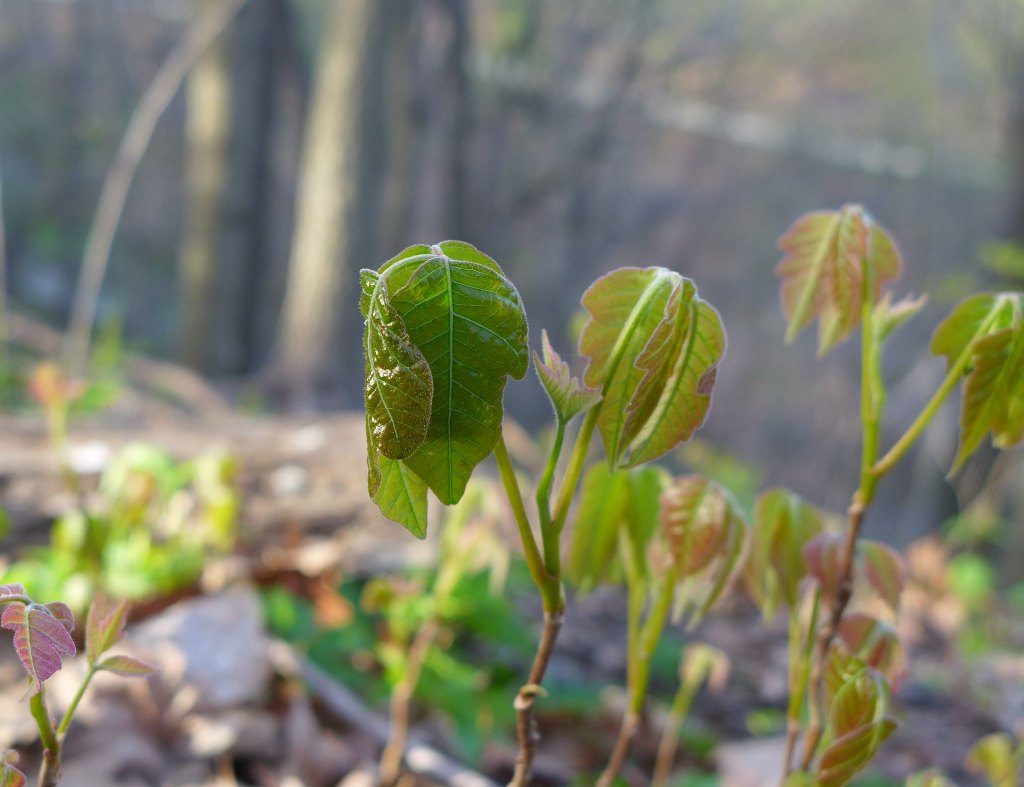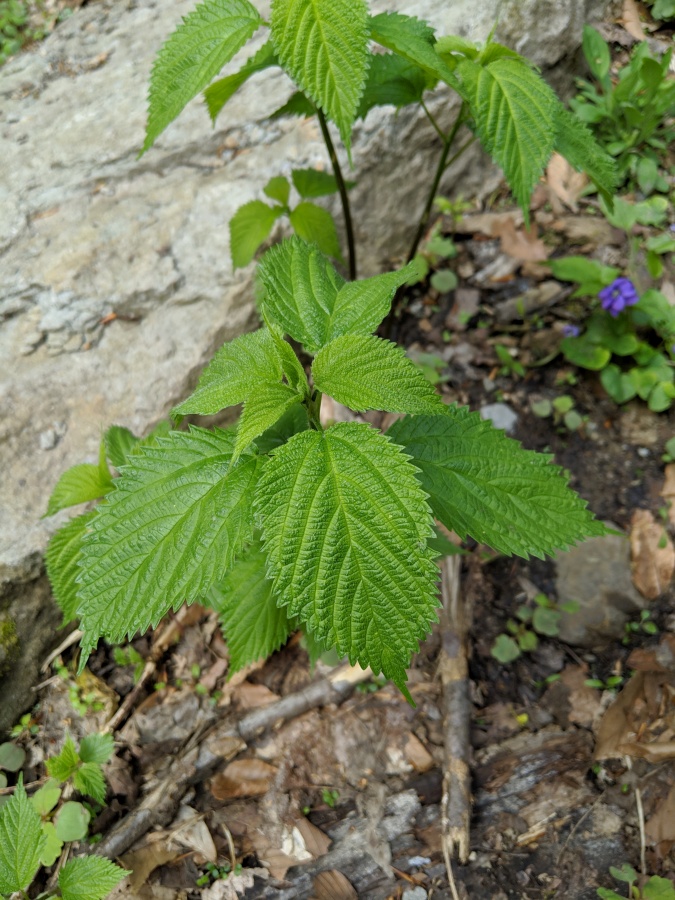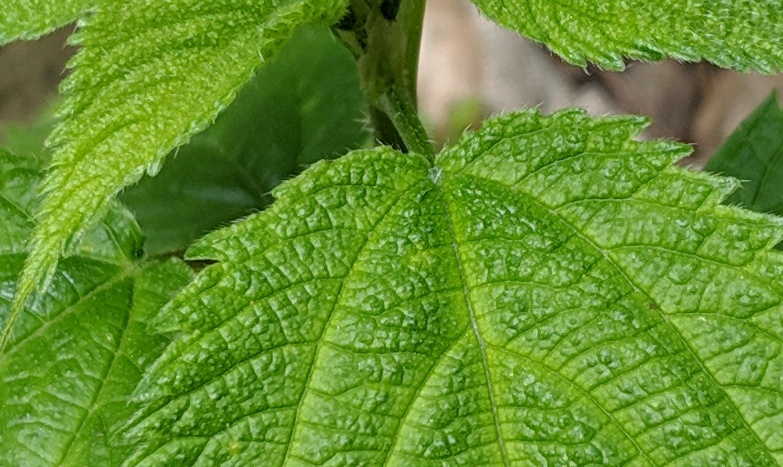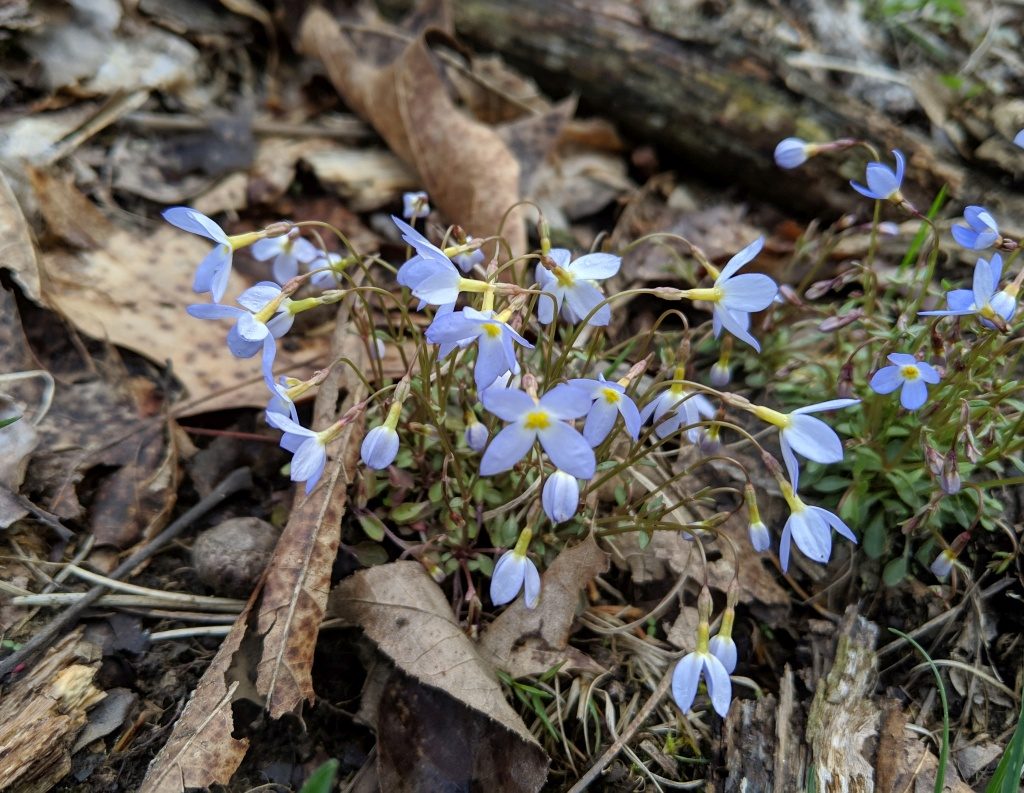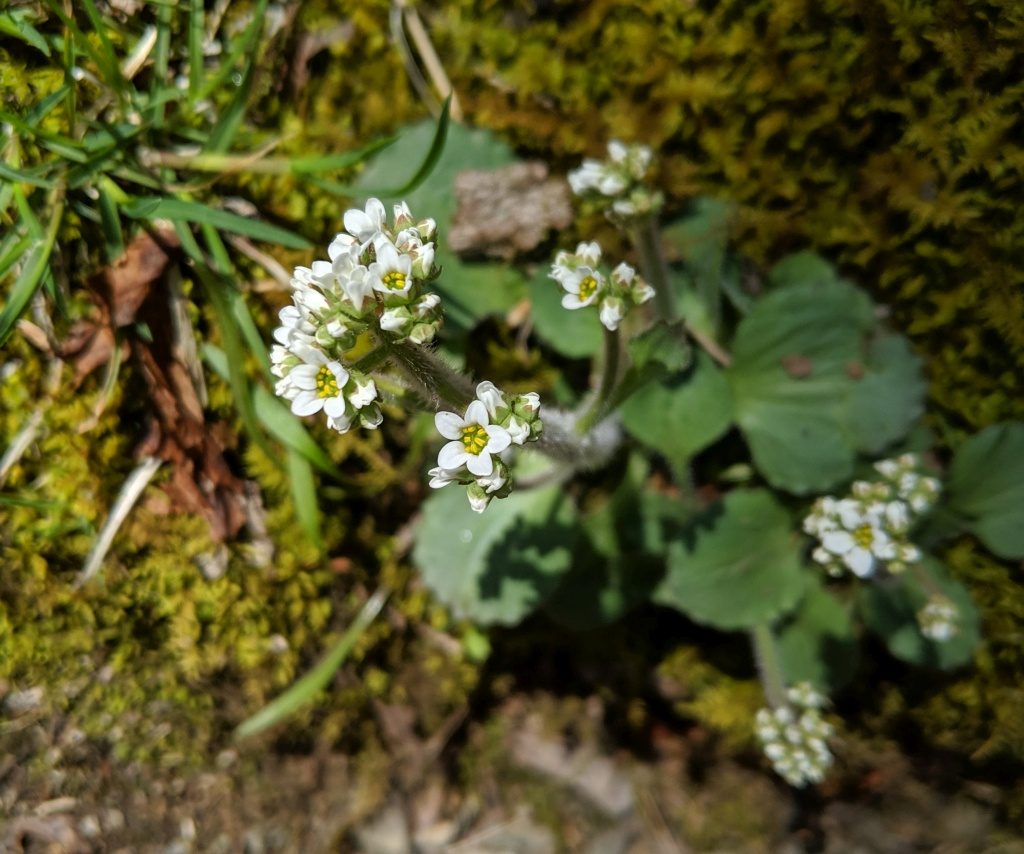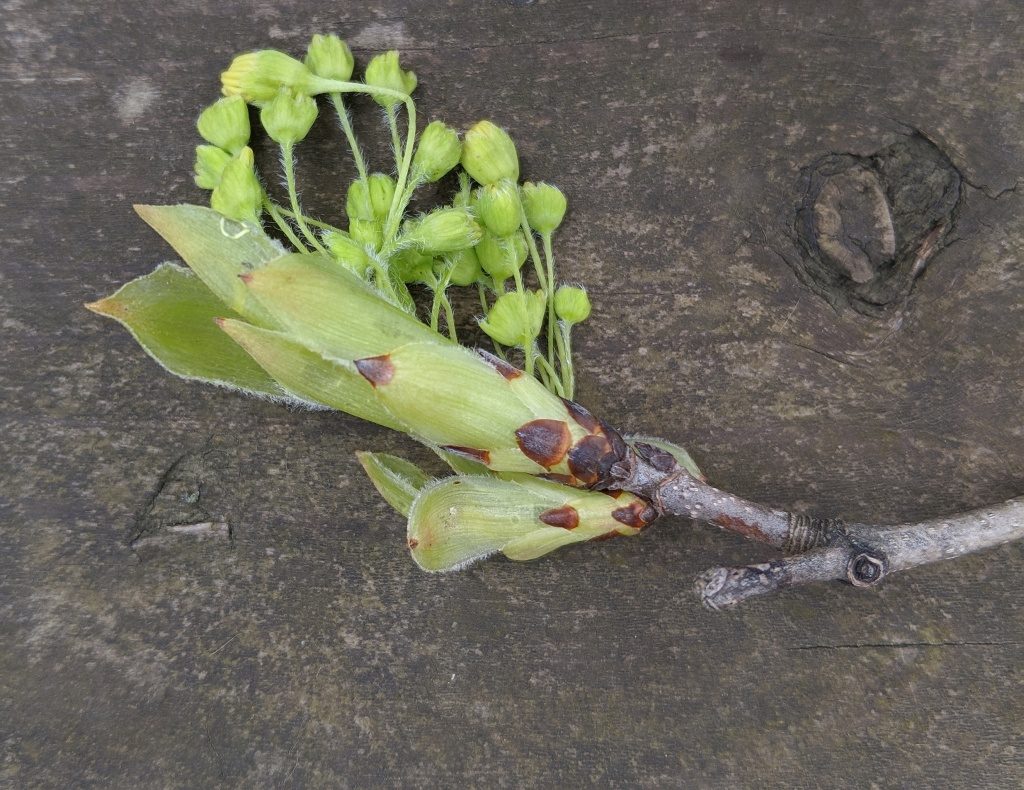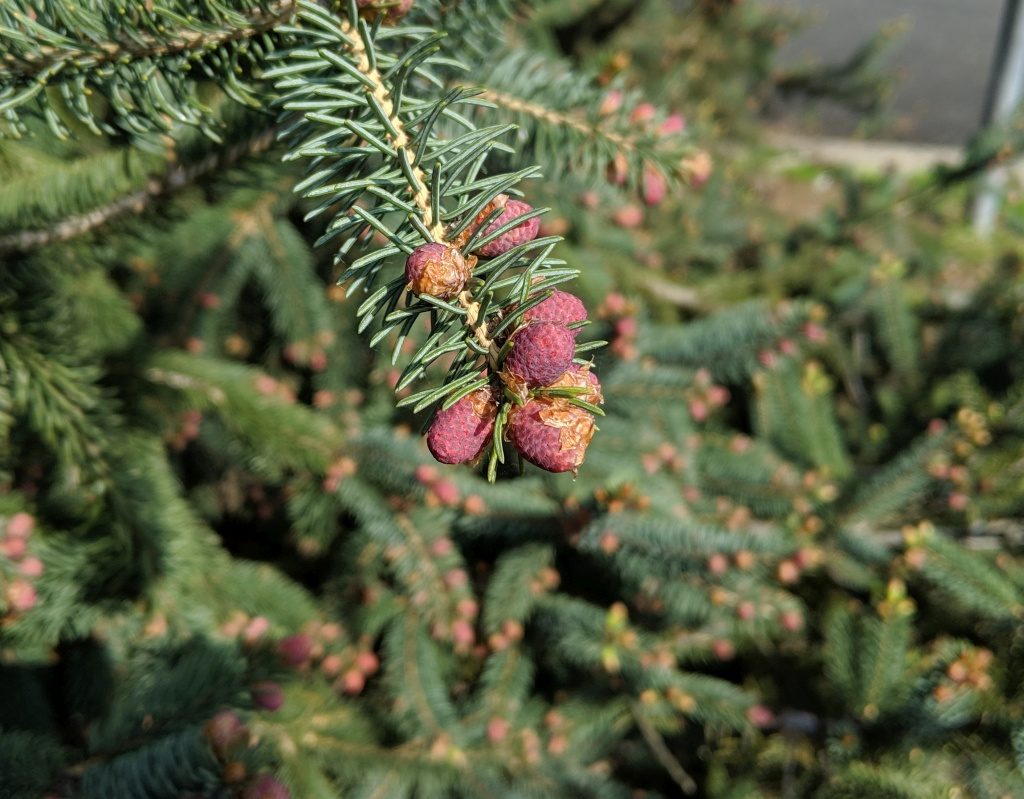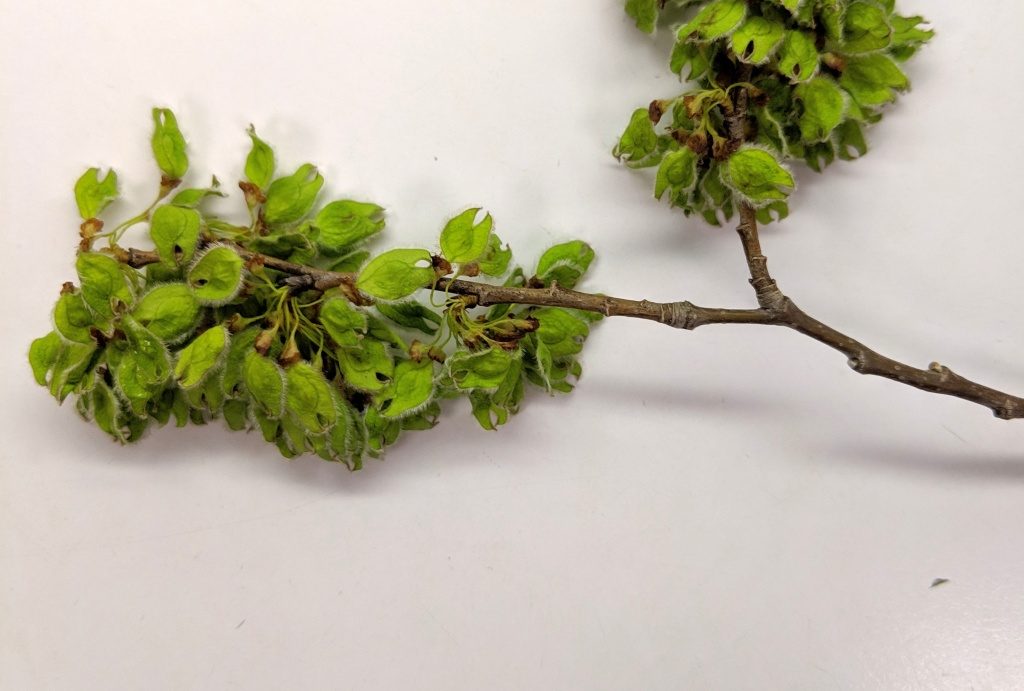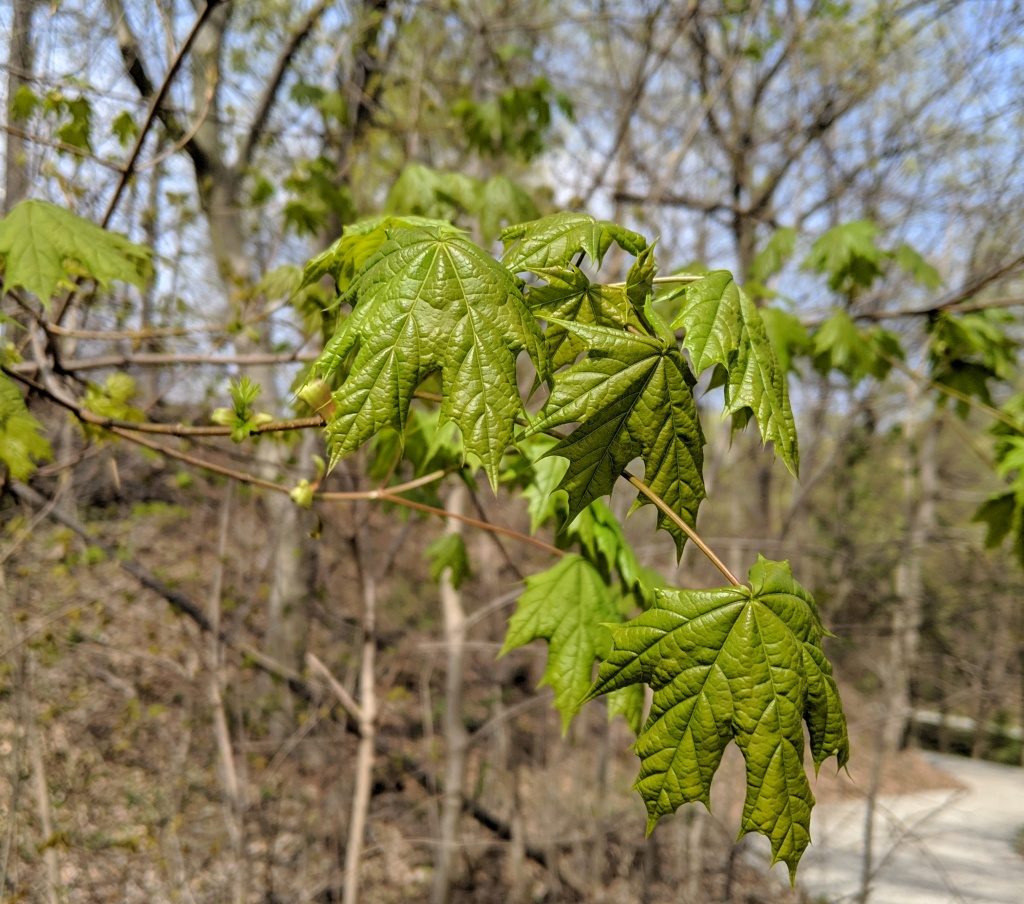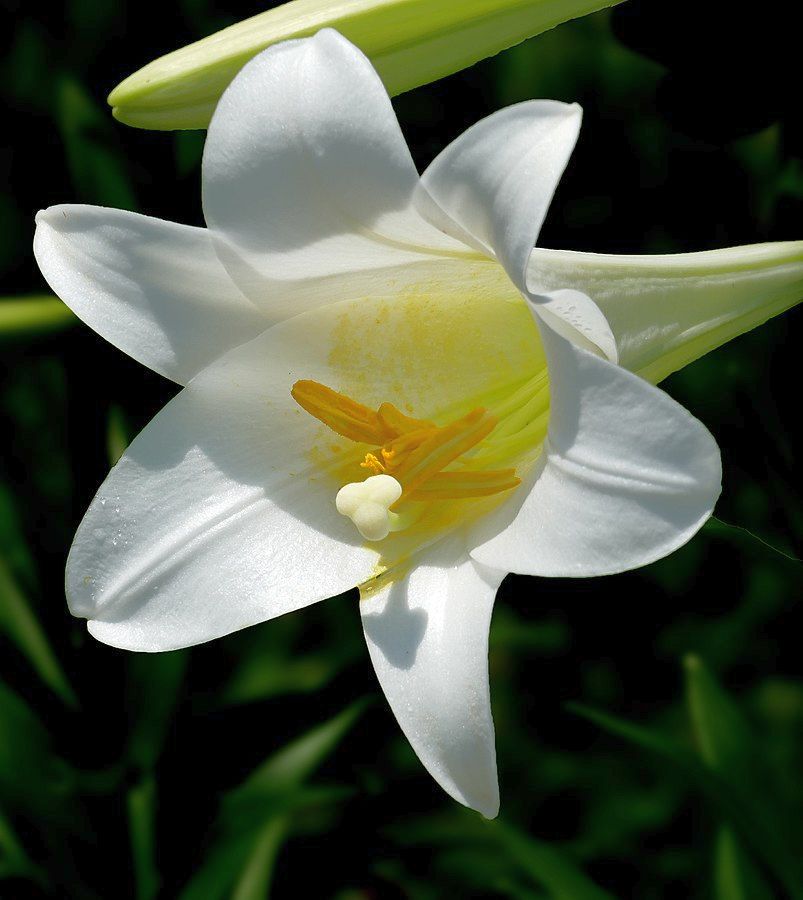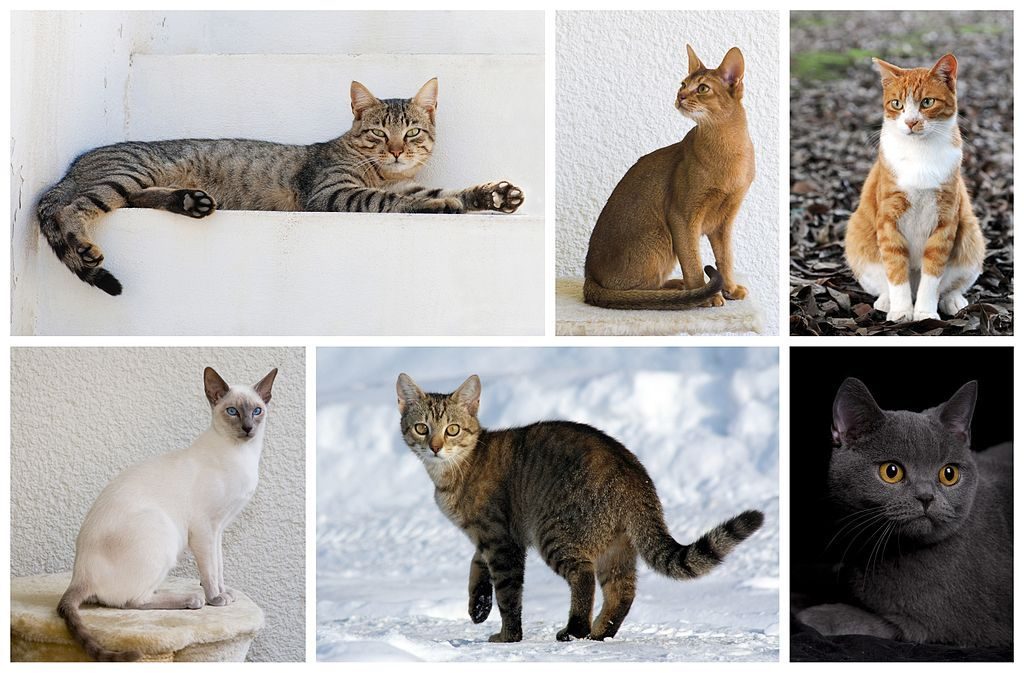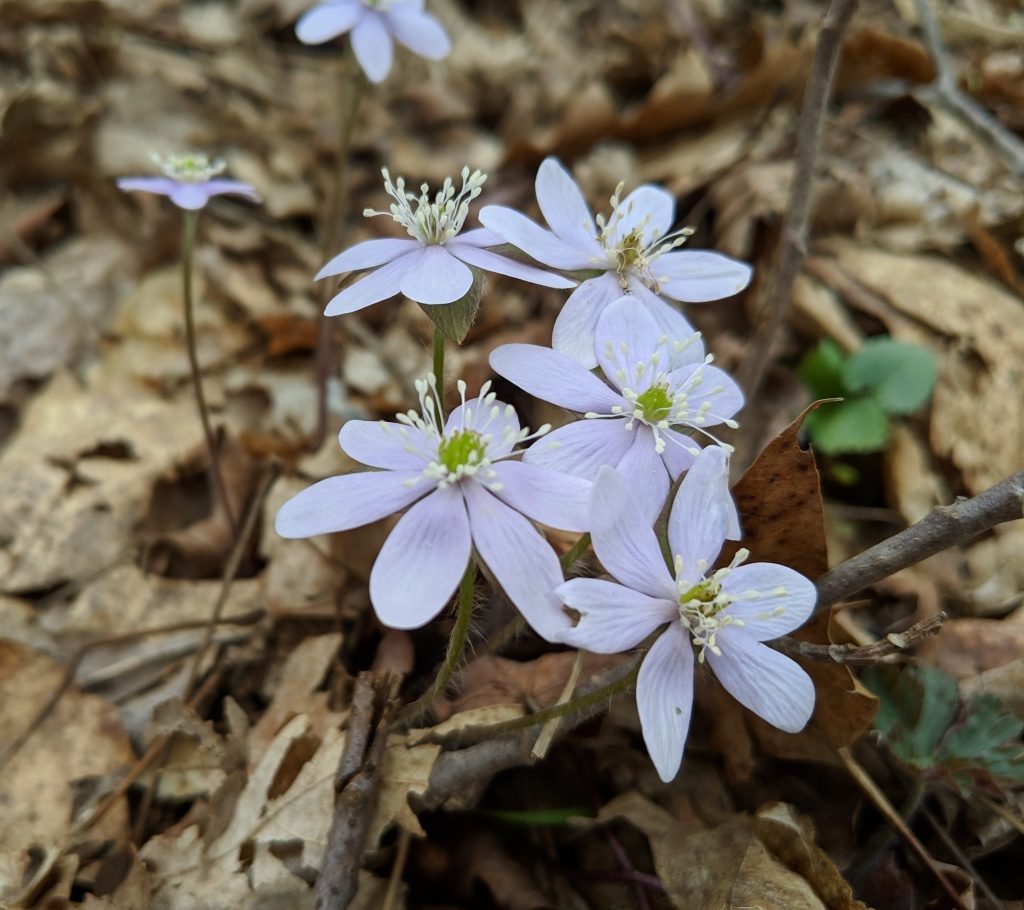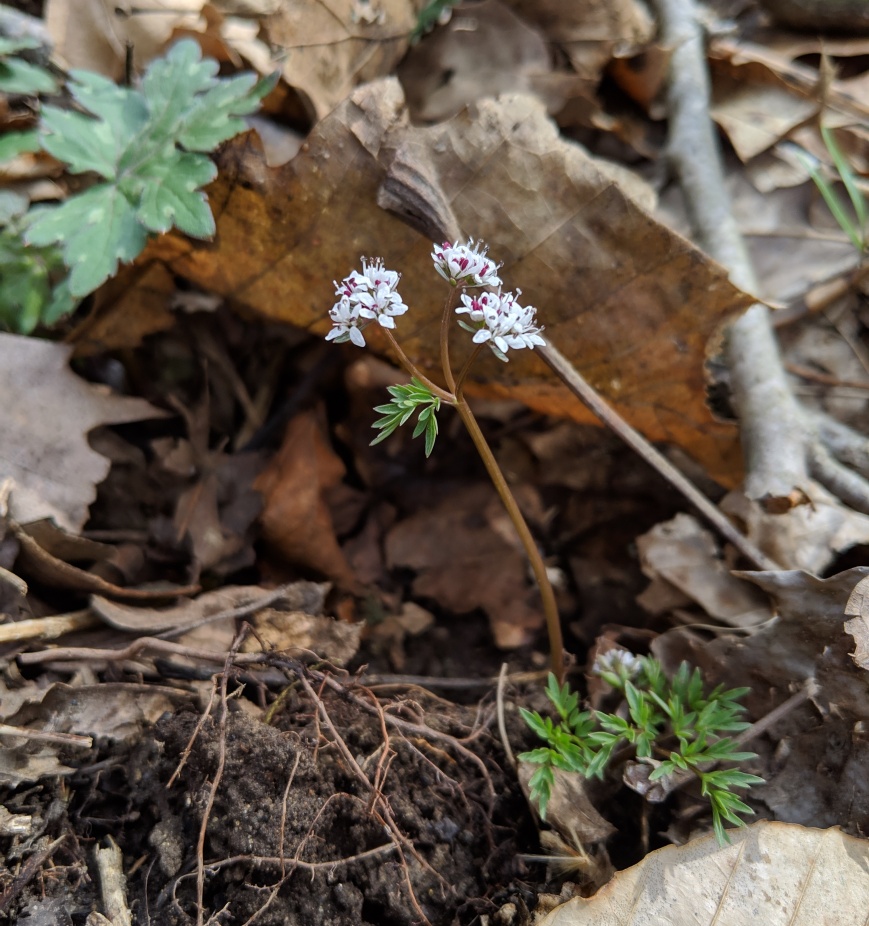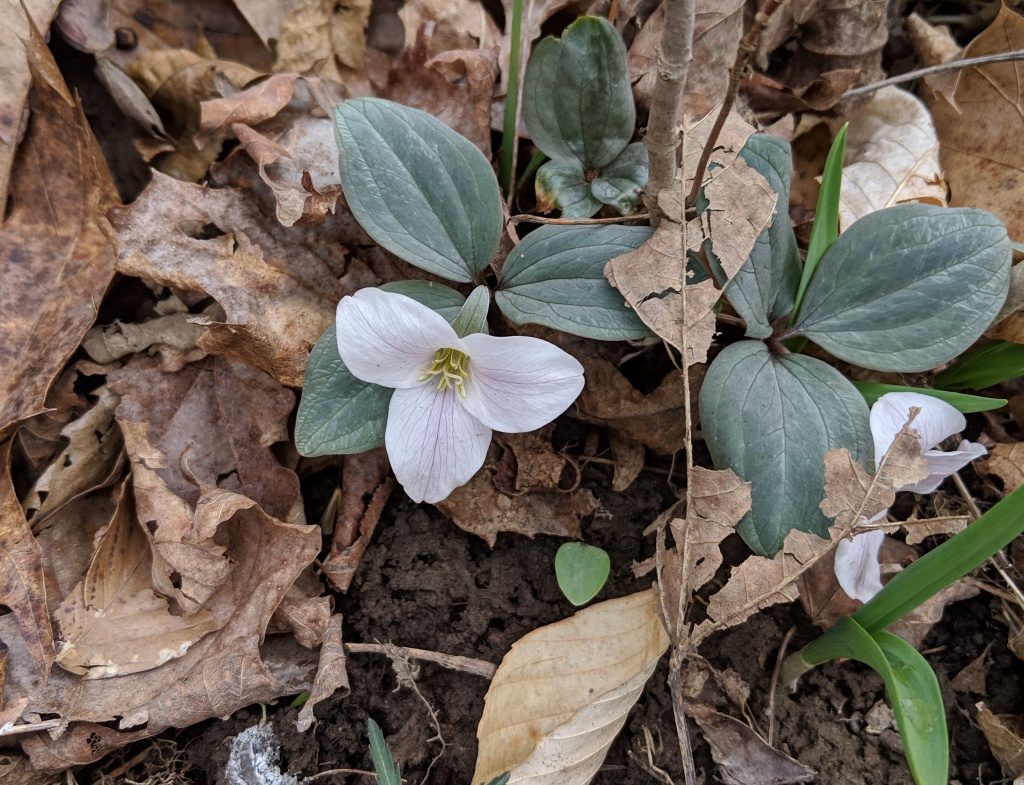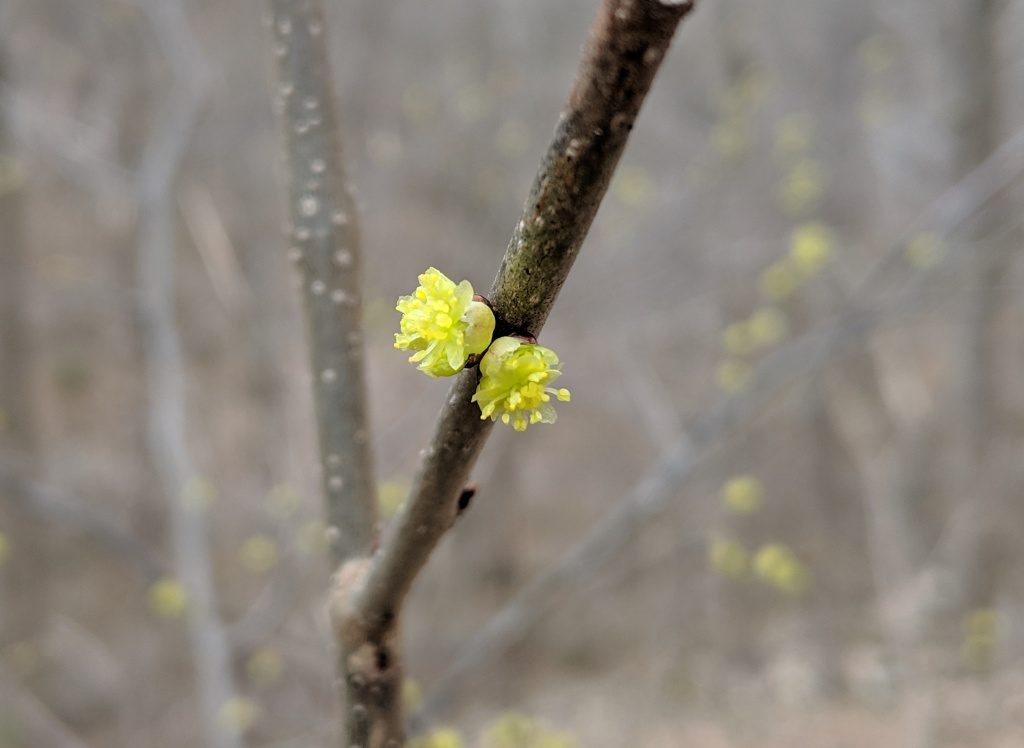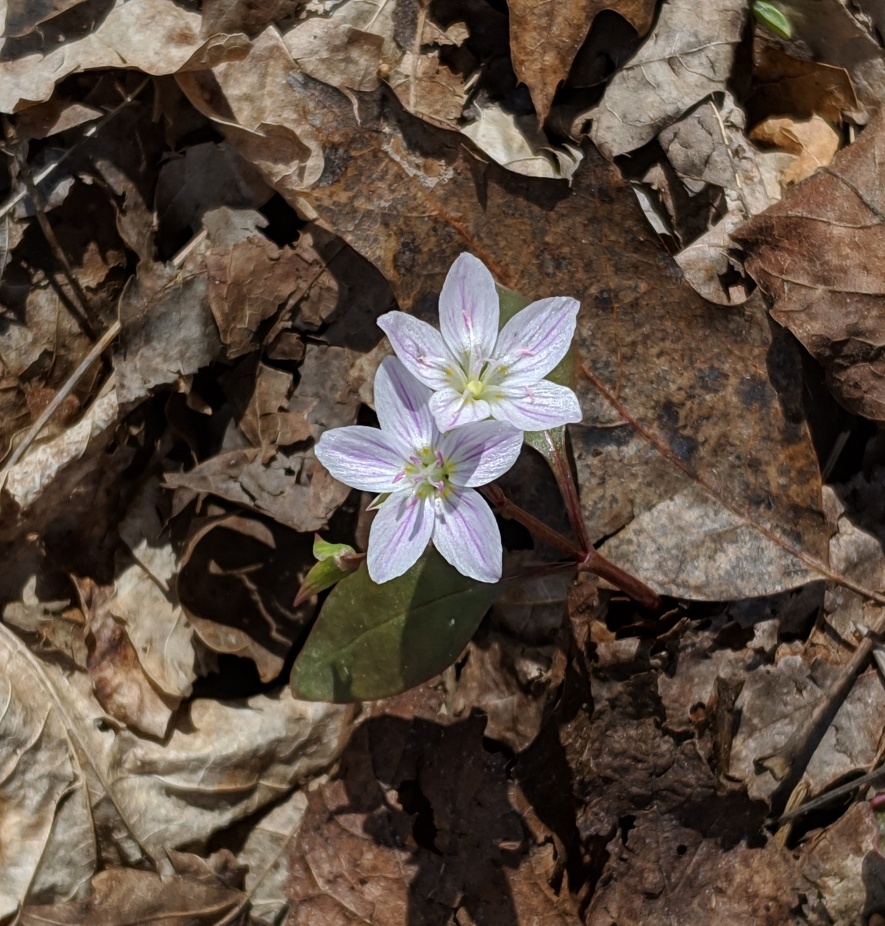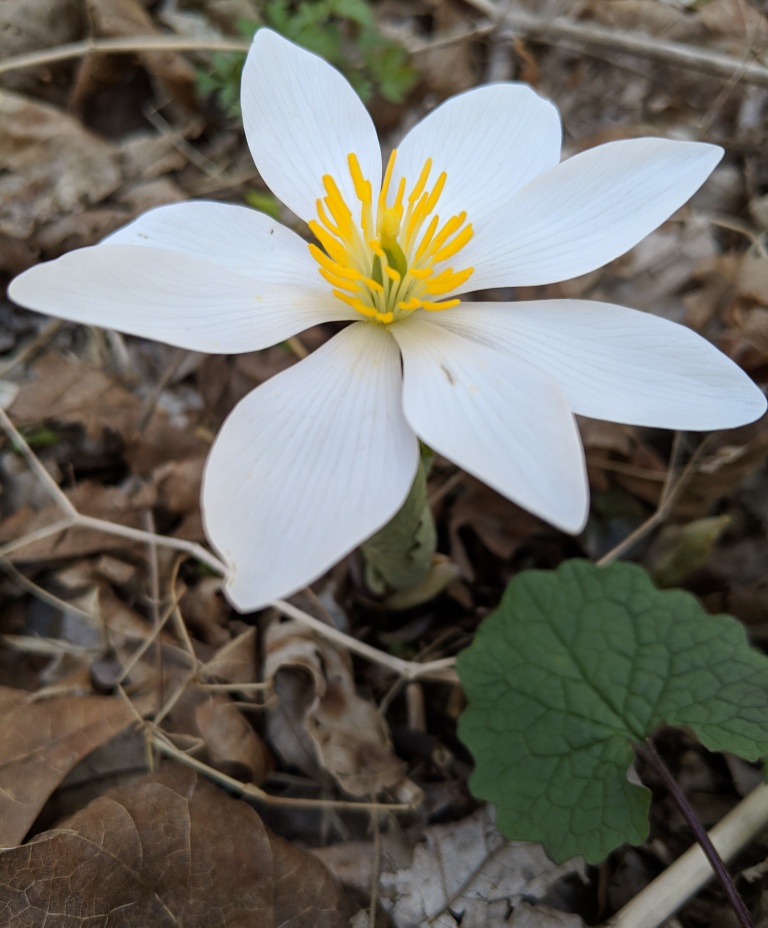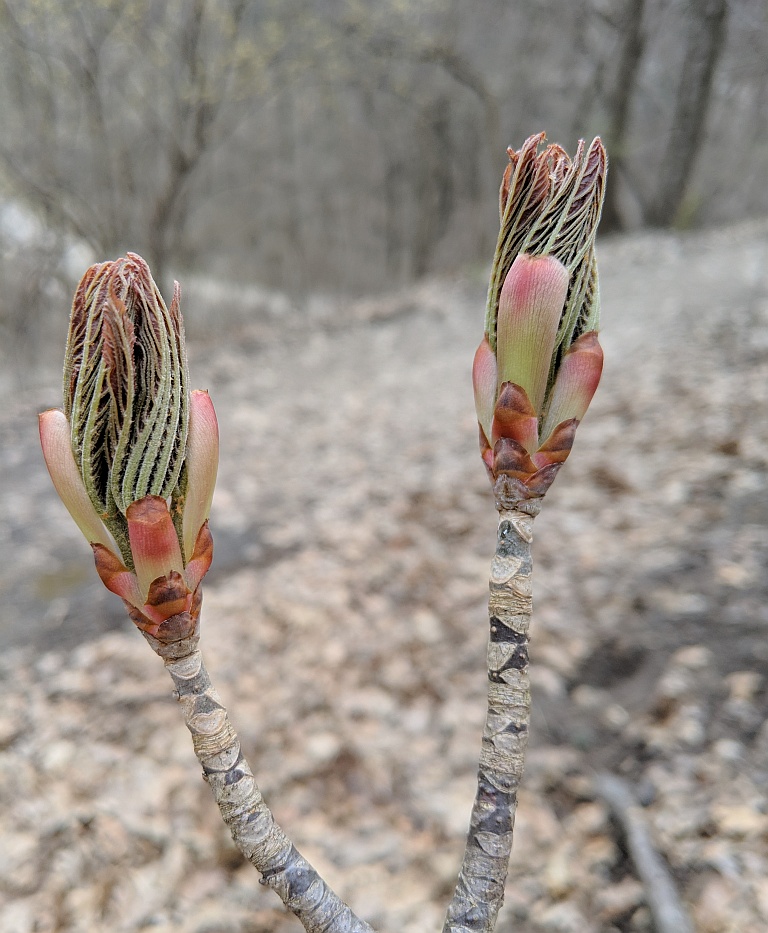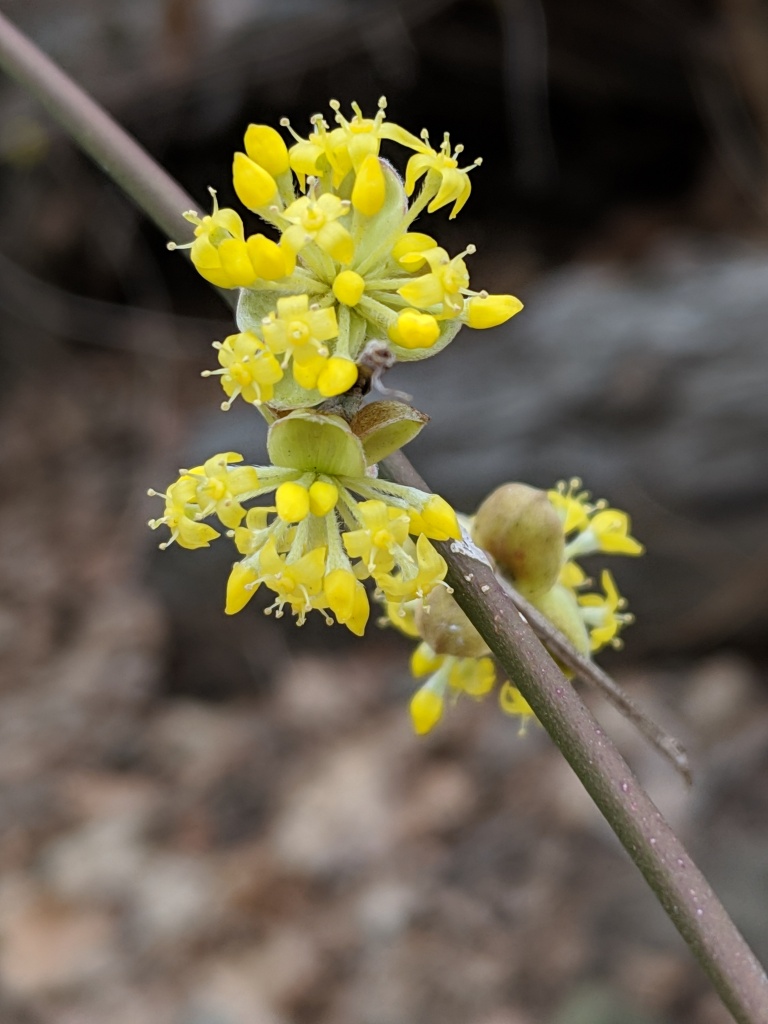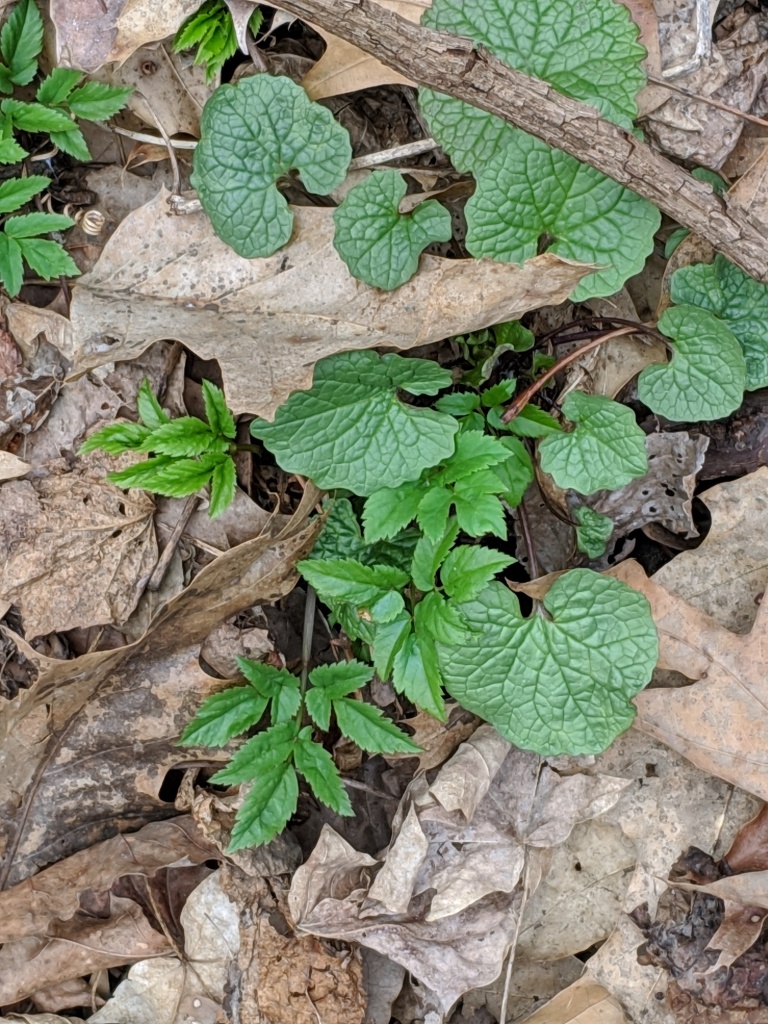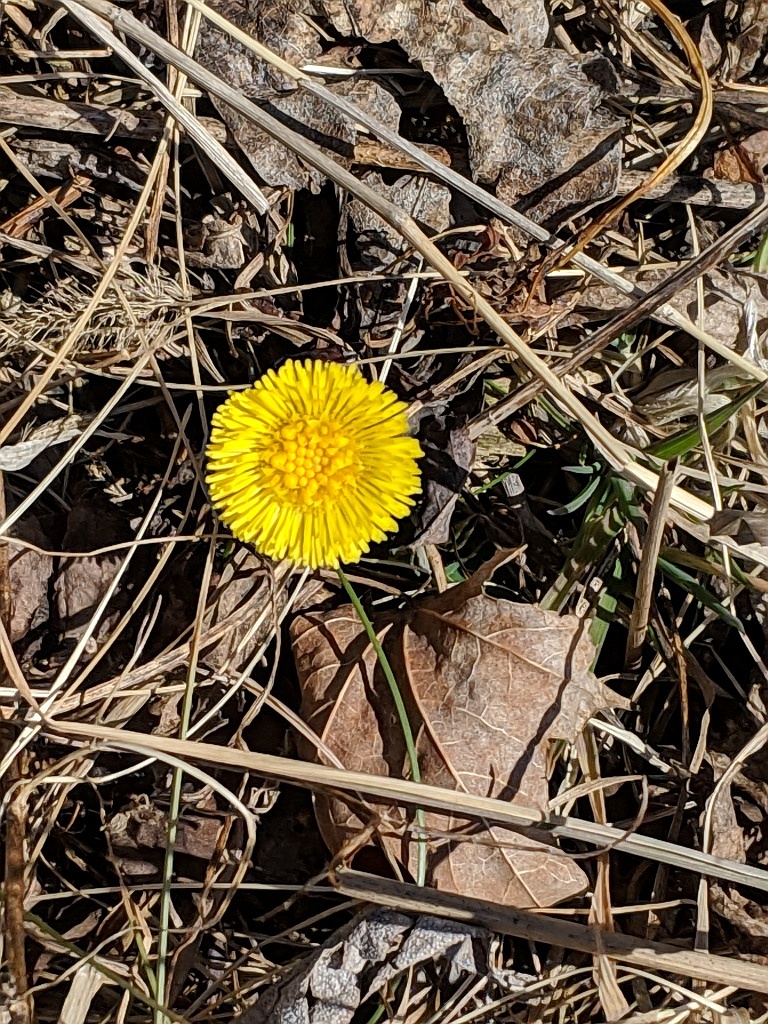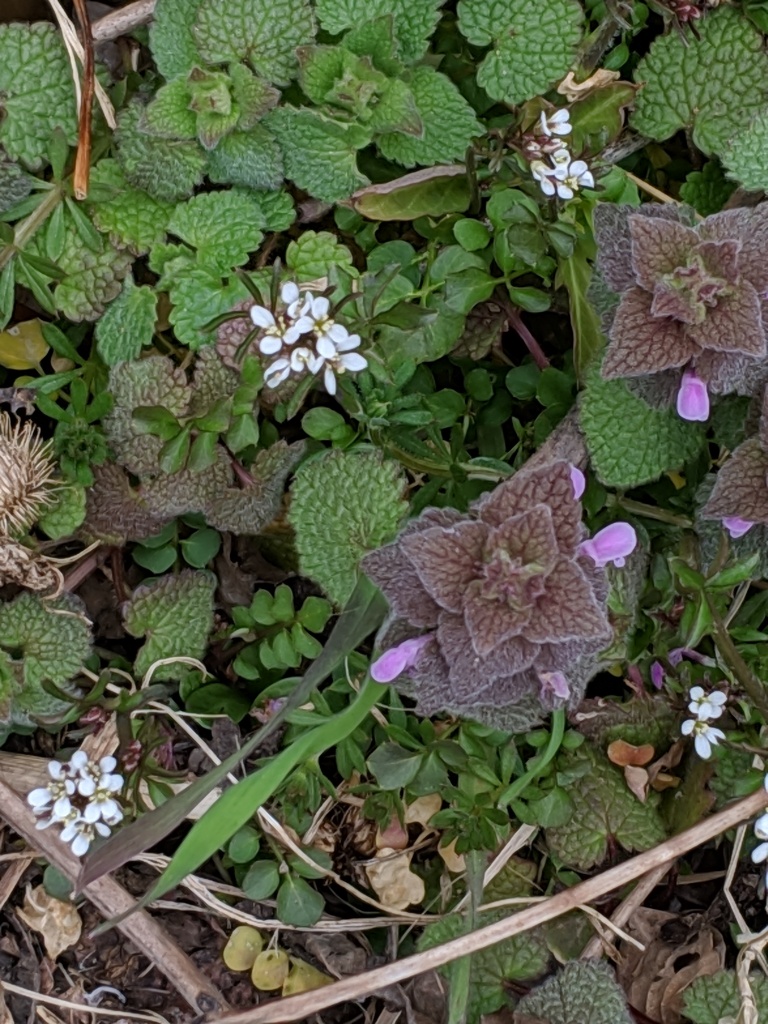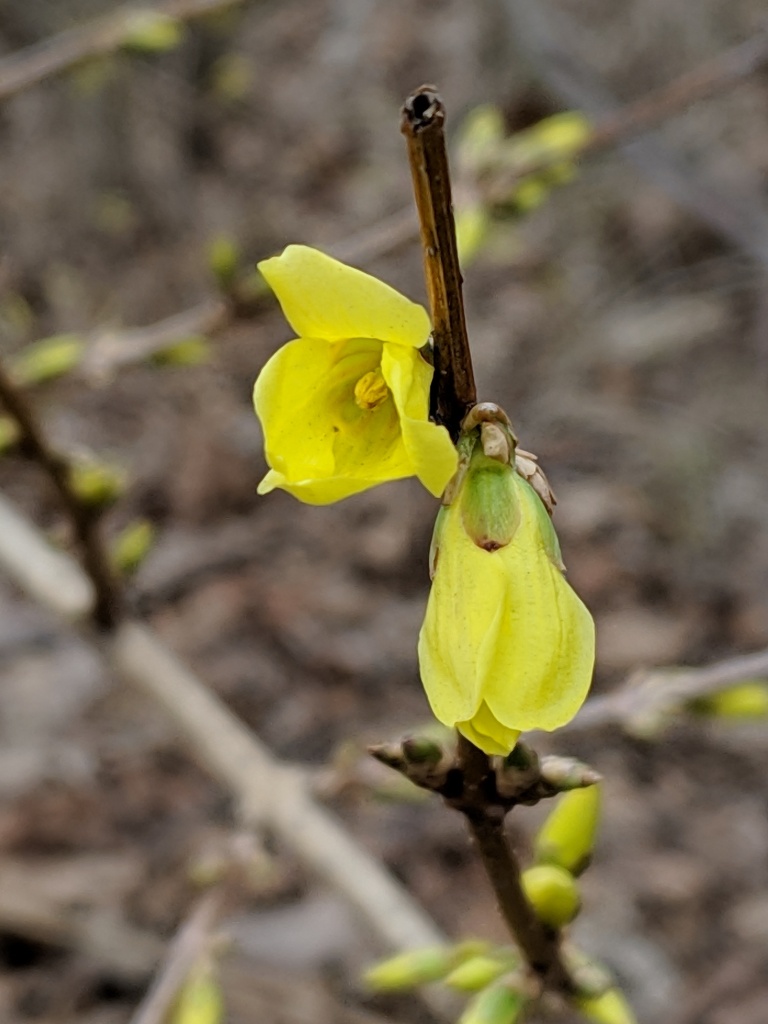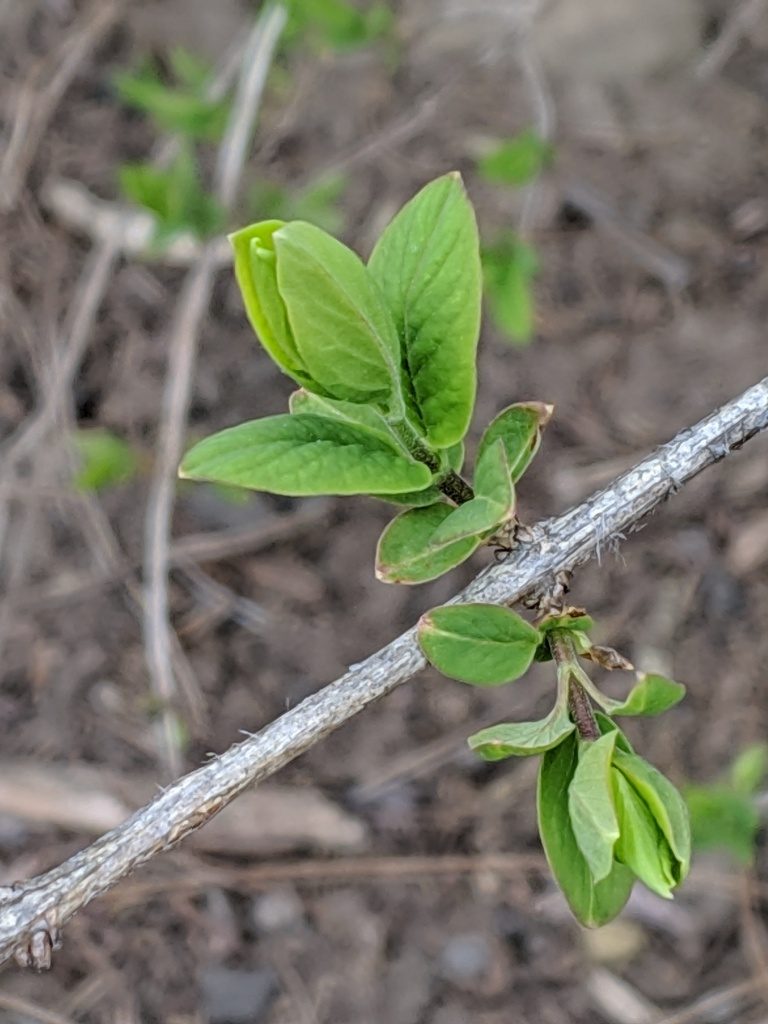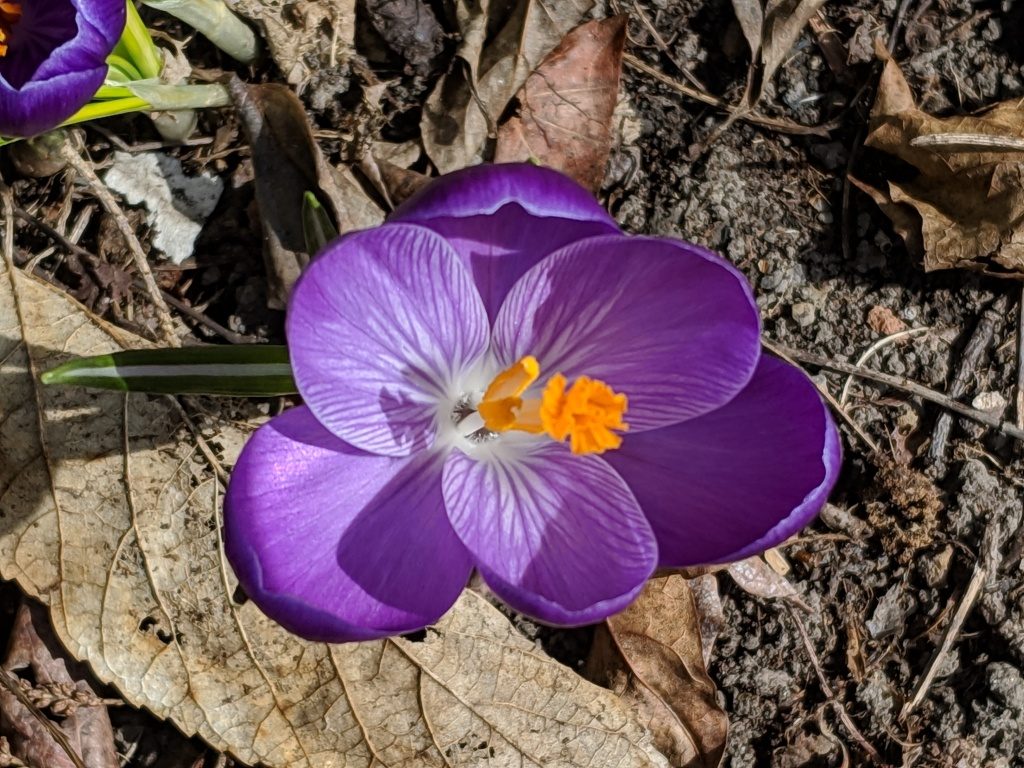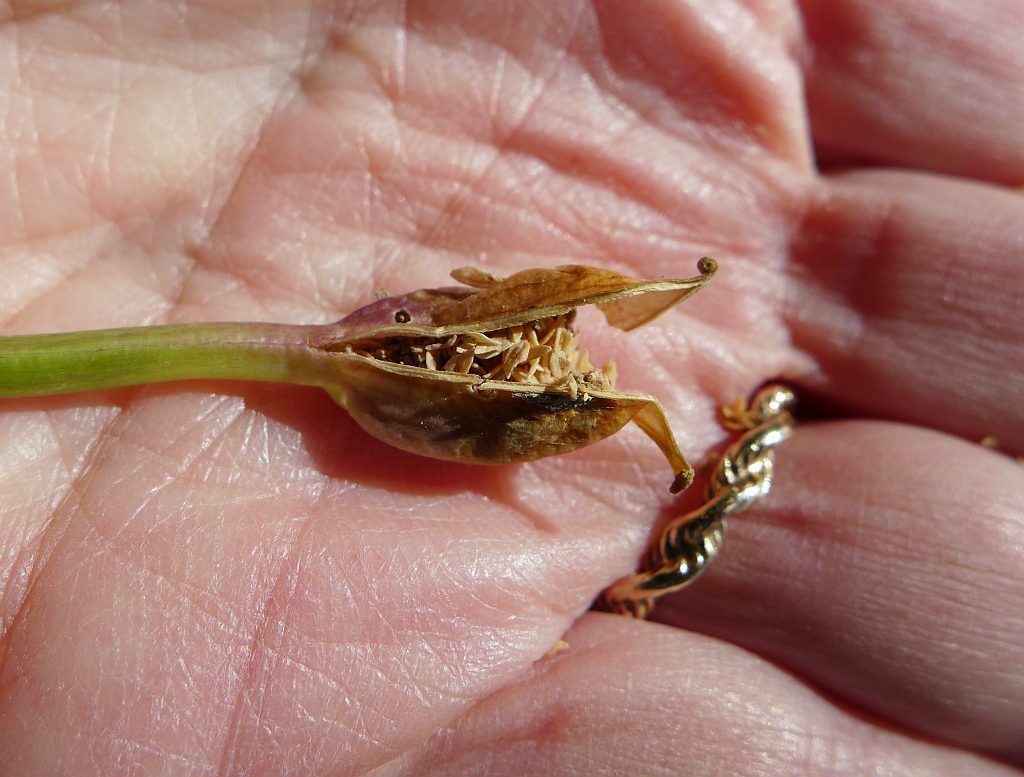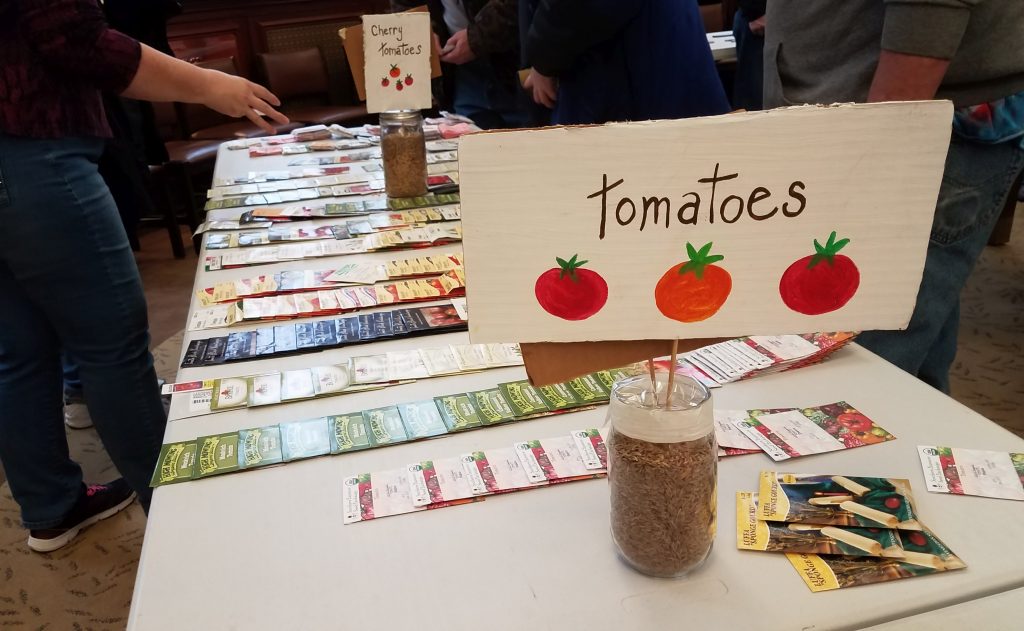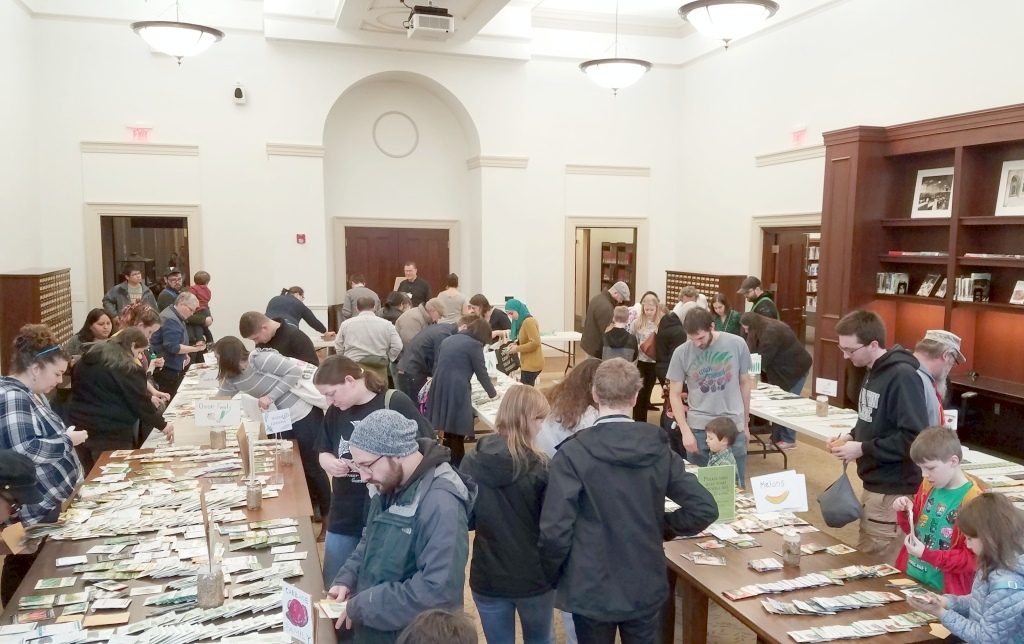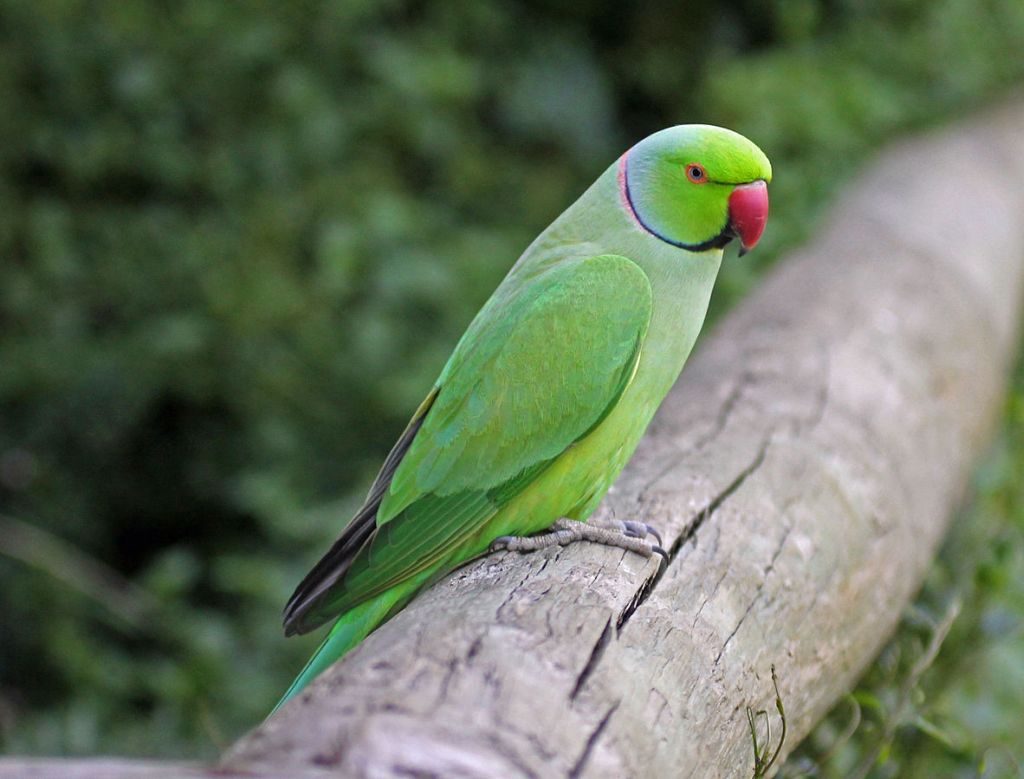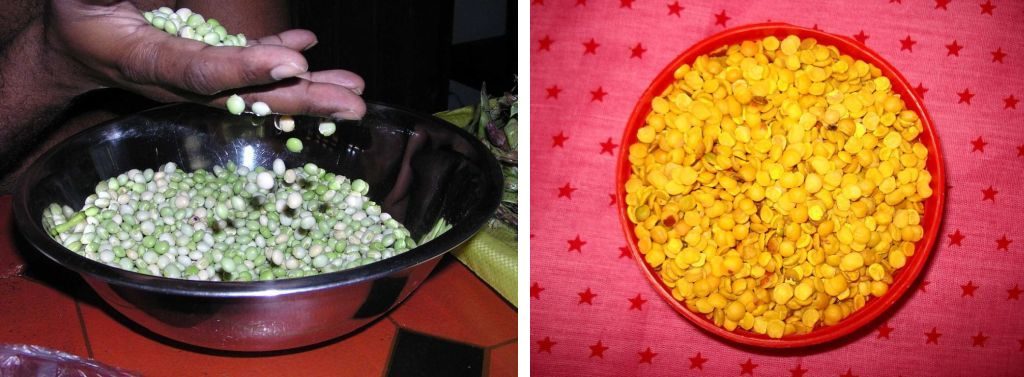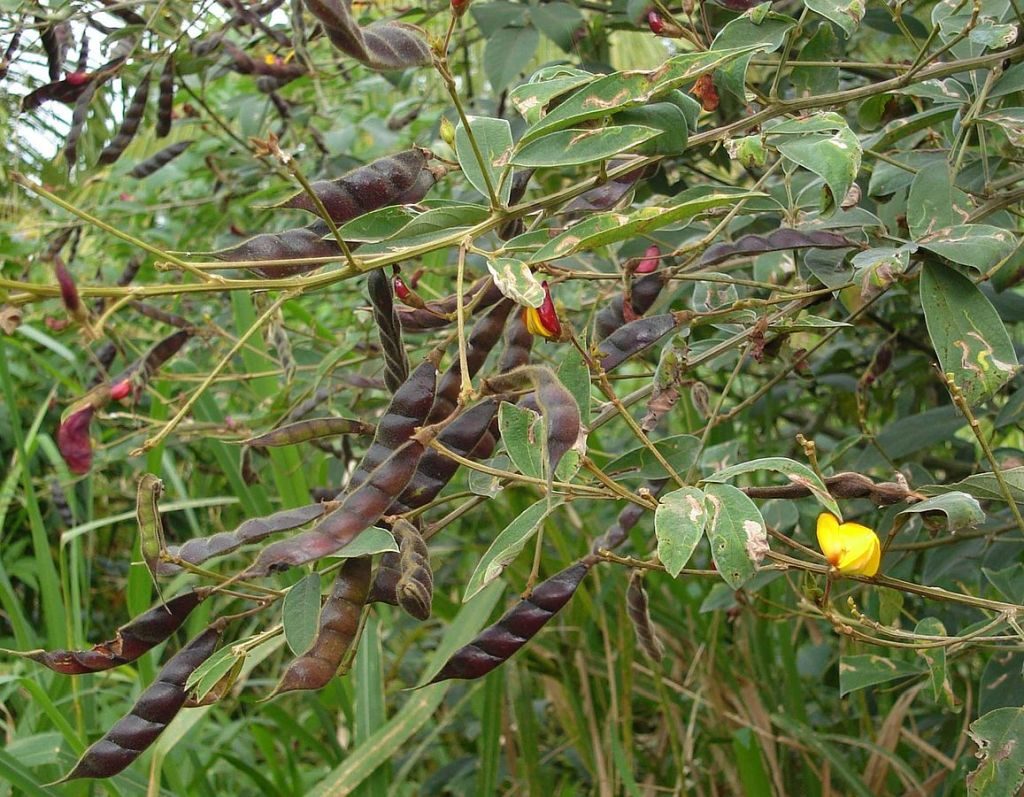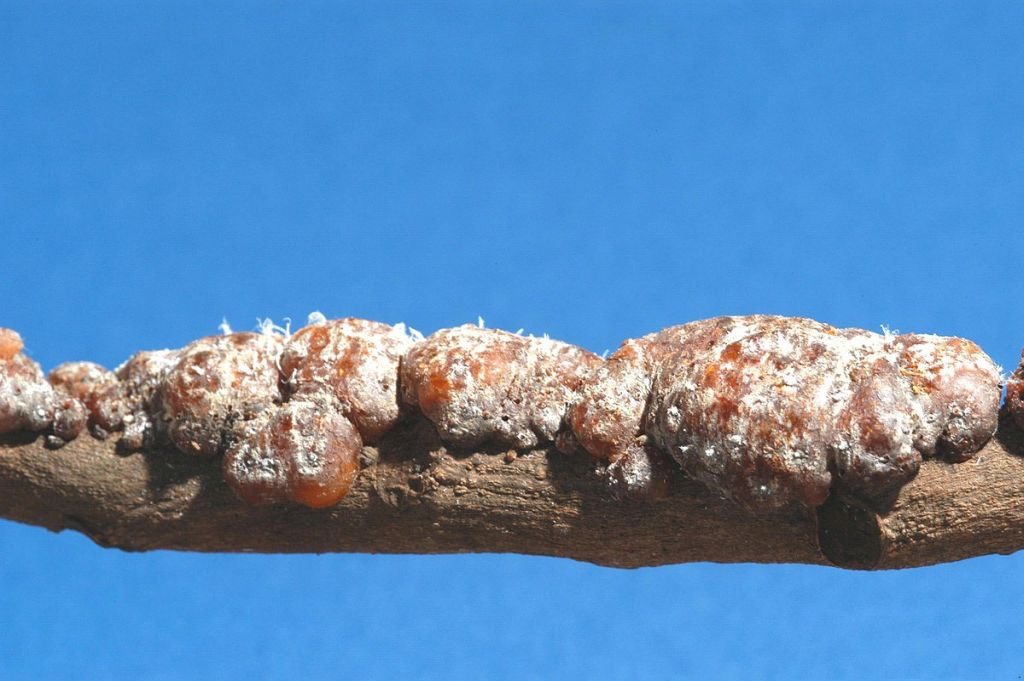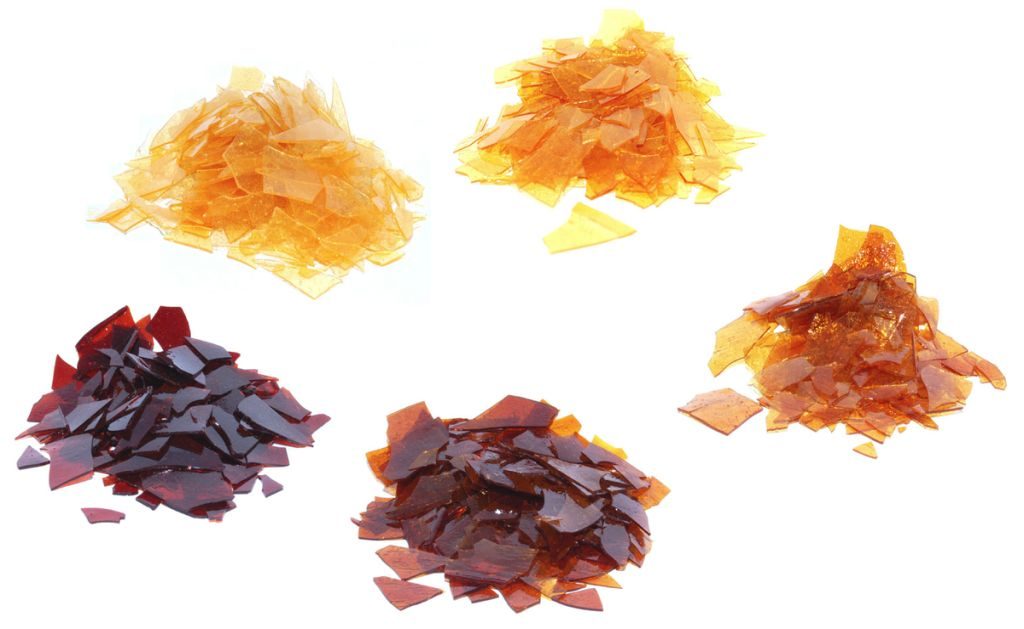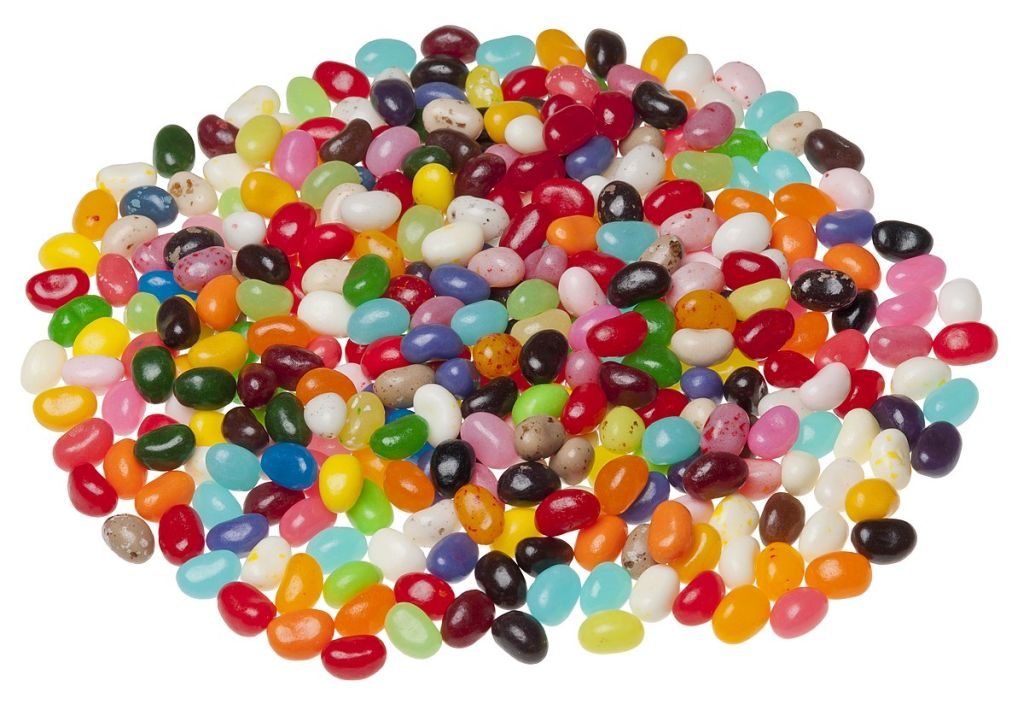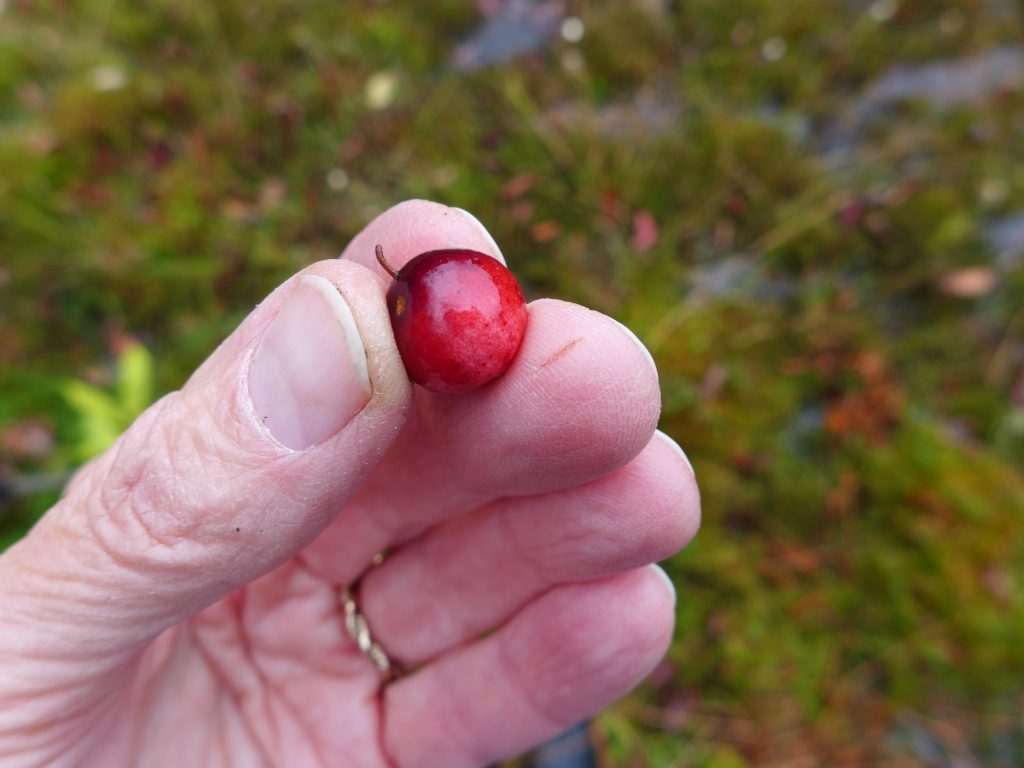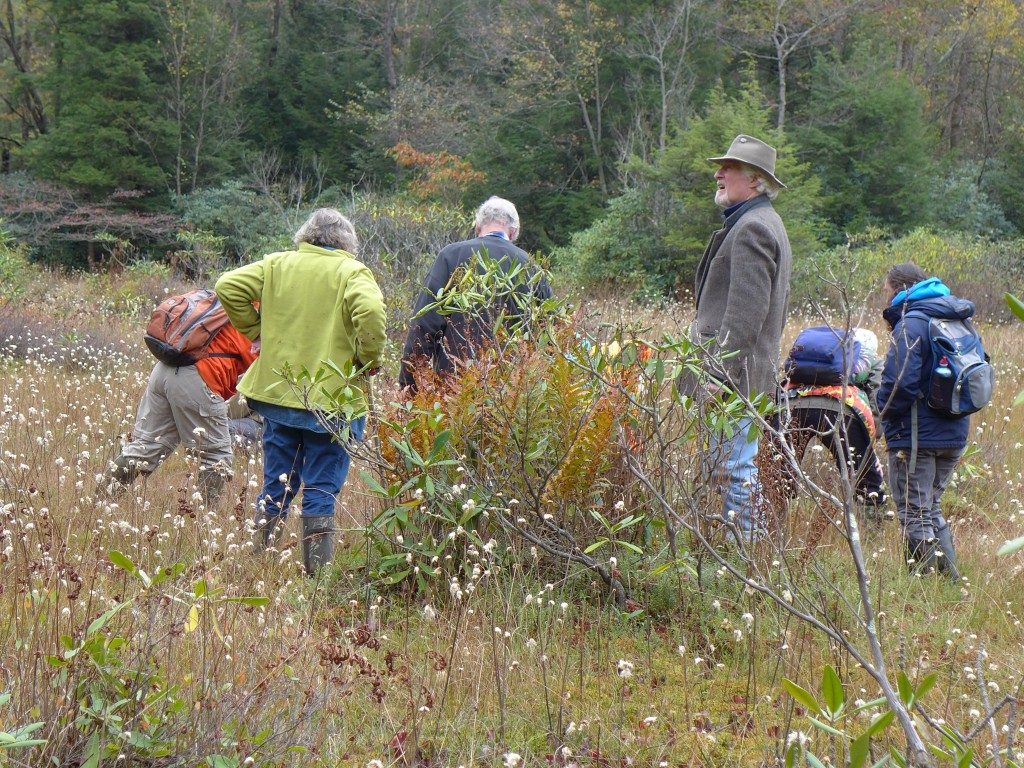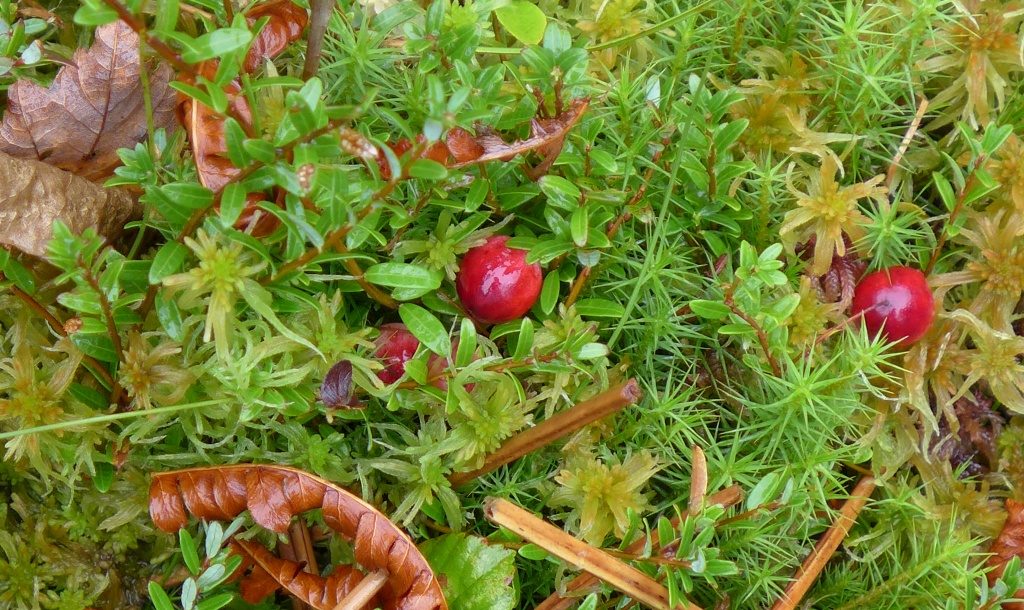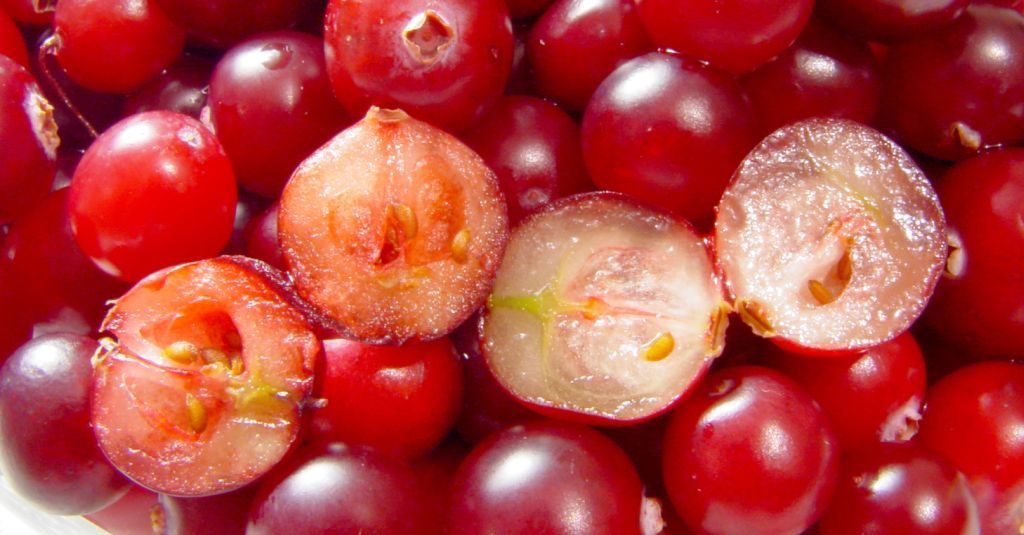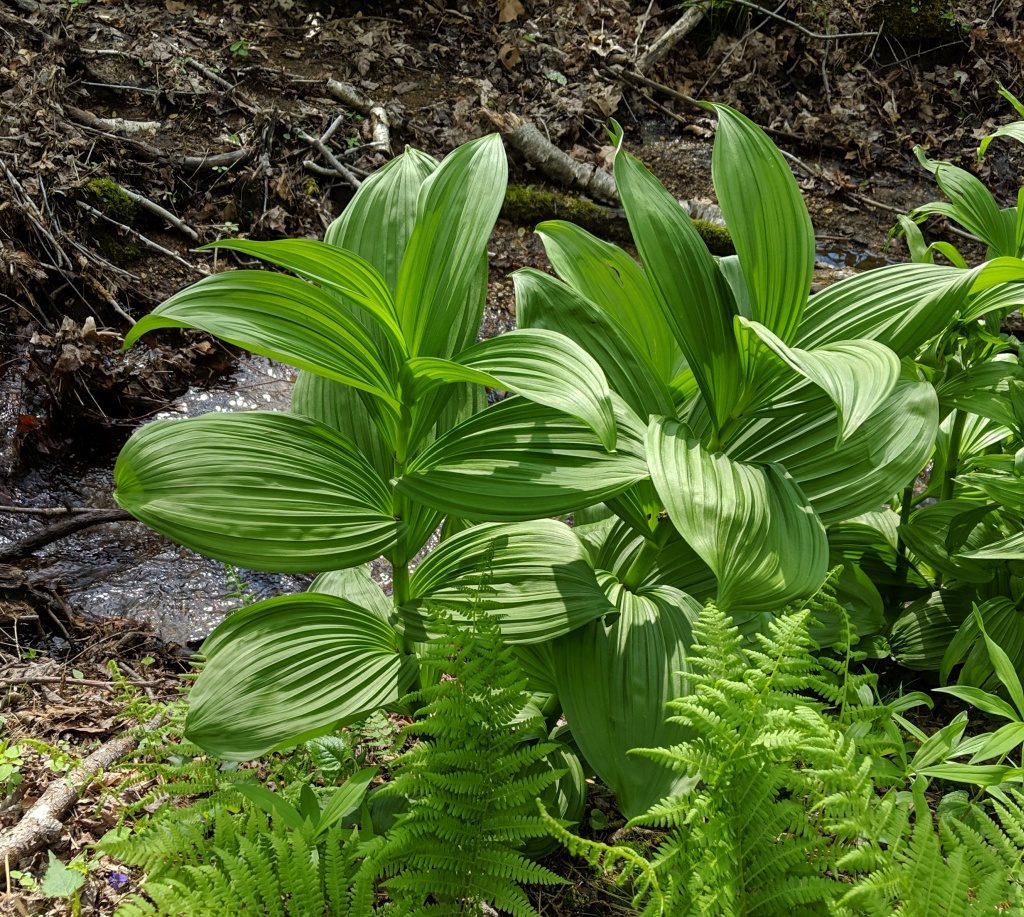
In eastern North America, spiral stalks of pleated leaves are often found in wet places where skunk cabbage grows. These pretty leaves are sometimes mistaken for skunk cabbage or wild leeks but a word to the wise: leave them alone. This plant is false hellebore (Veratrum viride) and it is very poisonous.
False hellebore is a member of the lily family that grows in wet meadows, hillside seeps, and along stream banks. It blooms in big greenish-yellow clusters but I’ve never seen its flowers, probably because I only notice the plant in late April when it isn’t blooming.
In fact, lots of people in Appalachia notice false hellebore in the spring because they’re looking for ramps (wild leeks, Allium tricoccum) to eat at home. Those who mistakenly eat false hellebore are in for a very bad time:
Symptoms of false hellebore poisoning include burning sensation in the mouth and throat, excessive salivation, cold sweat, headache, nausea and vomiting, abdominal pain and gastrointestinal distress (diarrhea, gas), slow respiration and breathing difficulty, slow and irregular heartbeat, low blood pressure, and spasms or convulsions. If not promptly and effectively treated, false hellebore poisoning can cause general paralysis and even death. It is also known to cause birth defects.
— from National Parks Traveler
The comments at this National Parks Traveler link tell some harrowing tales.
It’s good to know what all three look like: Ramps, skunk cabbage and false hellebore.
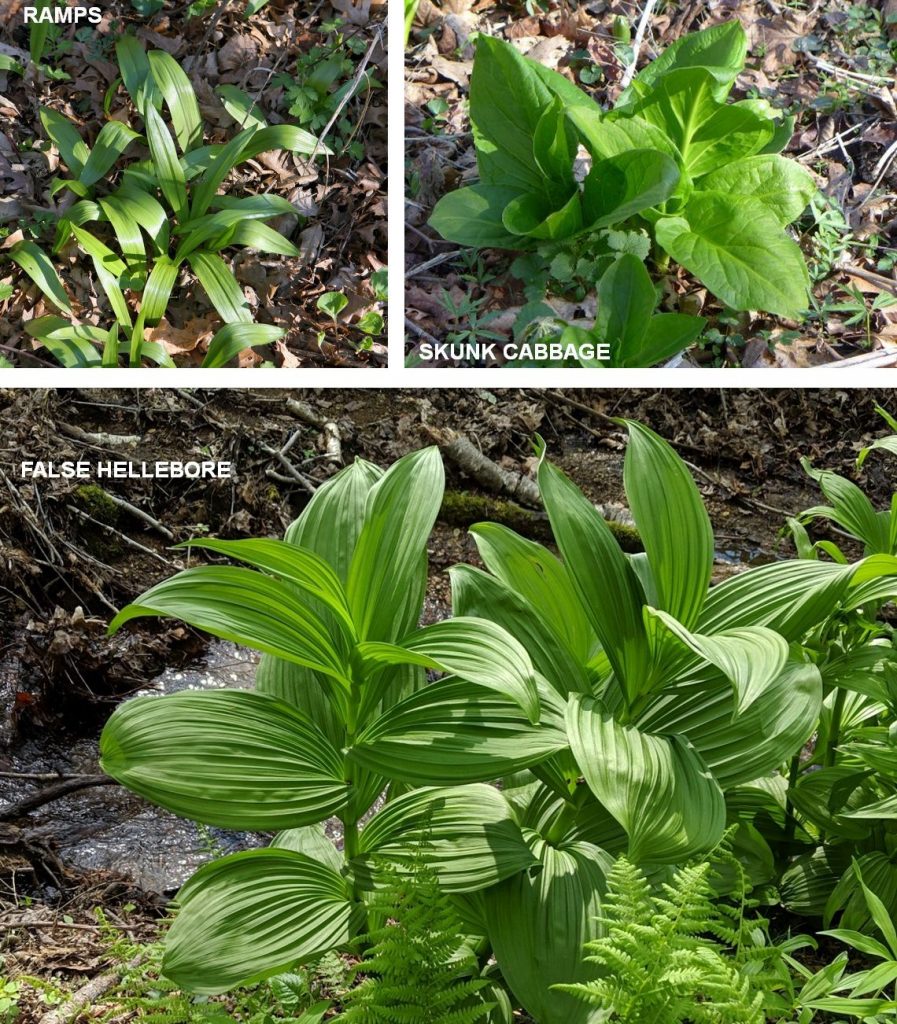
Ramp season is mostly over but here’s some advice for next year. When in doubt, crush the leaves. Ramps smell like onions.
(photos of false hellebore and skunk cabbage by Kate St. John, photo of ramps from Wikimedia Commons)
